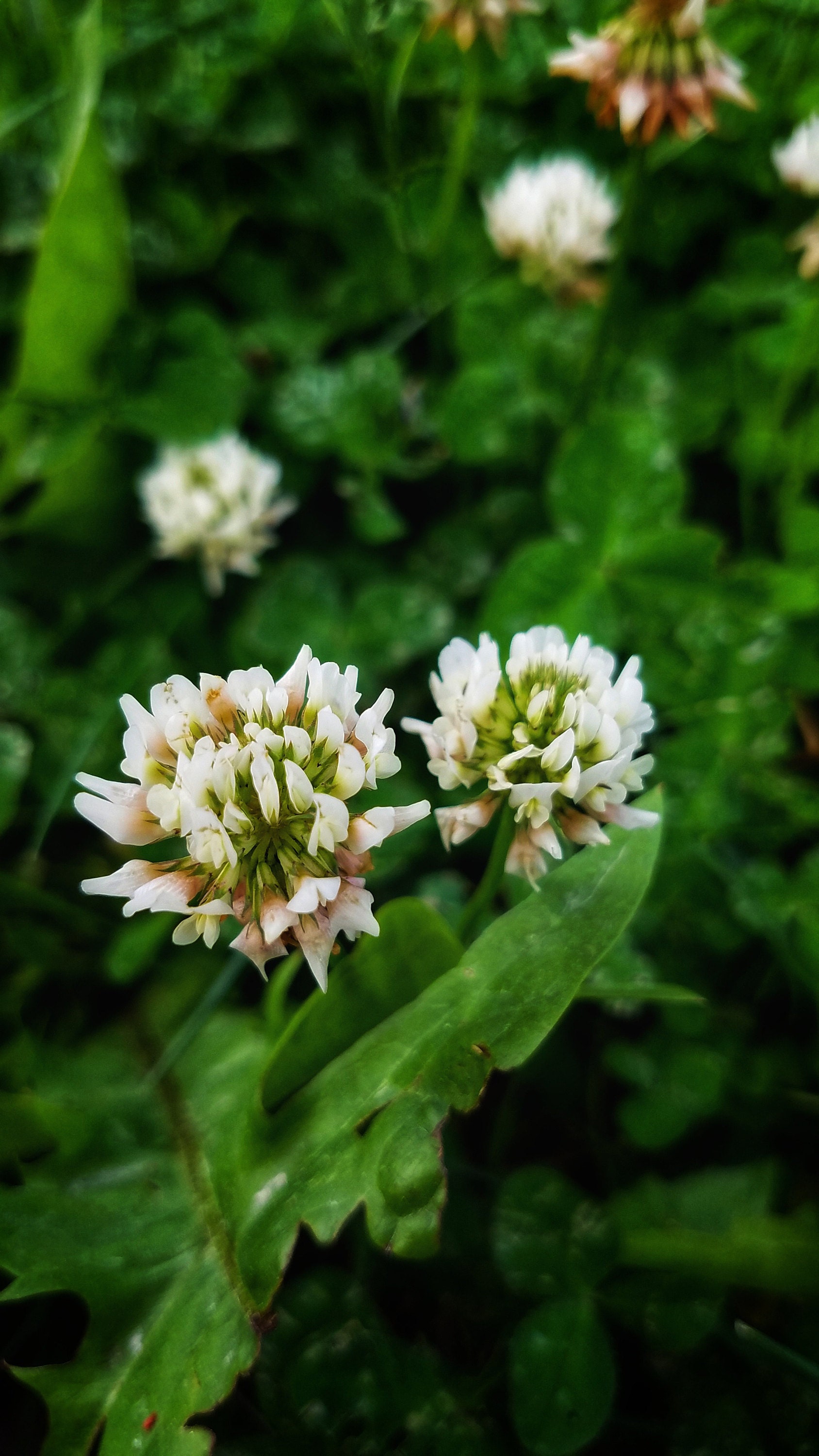Trifolium repens⠀
White clover is loved by the bees and is often found in gardens and yards. Generally, it is seen as a weed but like most ‘weeds’ if we look a little closer we can see that it has much to offer us. This summer leave some for the bees but also consider using white clover for food and medicine in your kitchen and herbal apothecary.⠀
All of the aerial parts of the clover plant are edible : leaves, stems, flowers, and seed pods. The dried leaves and flowers are slightly sweet and can leave behind a faint vanilla-like flavor. Use them fresh or dried in baked goods. Use the leaves raw in salads or dry for baked goods later. The flowers make a delicious tea and can be used dried or fresh.⠀
Traditionally, white clover was used to purify and cleanse the blood. ⠀
The plant is considered as antirheumatic, depurative, antiscrophulatic and tonic.⠀
The tincture of leaves can be used as an ointment for gout.⠀
An infusion helps to treat coughs, fevers, colds and leucorrhoea.⠀
The flower infusion is used as eyewash.⠀
In Turkish folk medicine, it is used as an expectorant, antiseptic and analgesic properties and treatment for rheumatic aches.⠀
Flowers are useful for arthritis, rheumatism as well as antidiarrheal and analgesic activity.⠀
The flower heads are used as blood cleanser, to clean wounds sores, boils and heal eye ailments.⠀
A tea is used to treat of colds, coughs, fevers and leucorrhea.⠀
A tea made from flowers is used as eyewash.⠀
The Algonkian and Delaware Indians use tea infusions made from dried leaves to treat colds and coughs.

